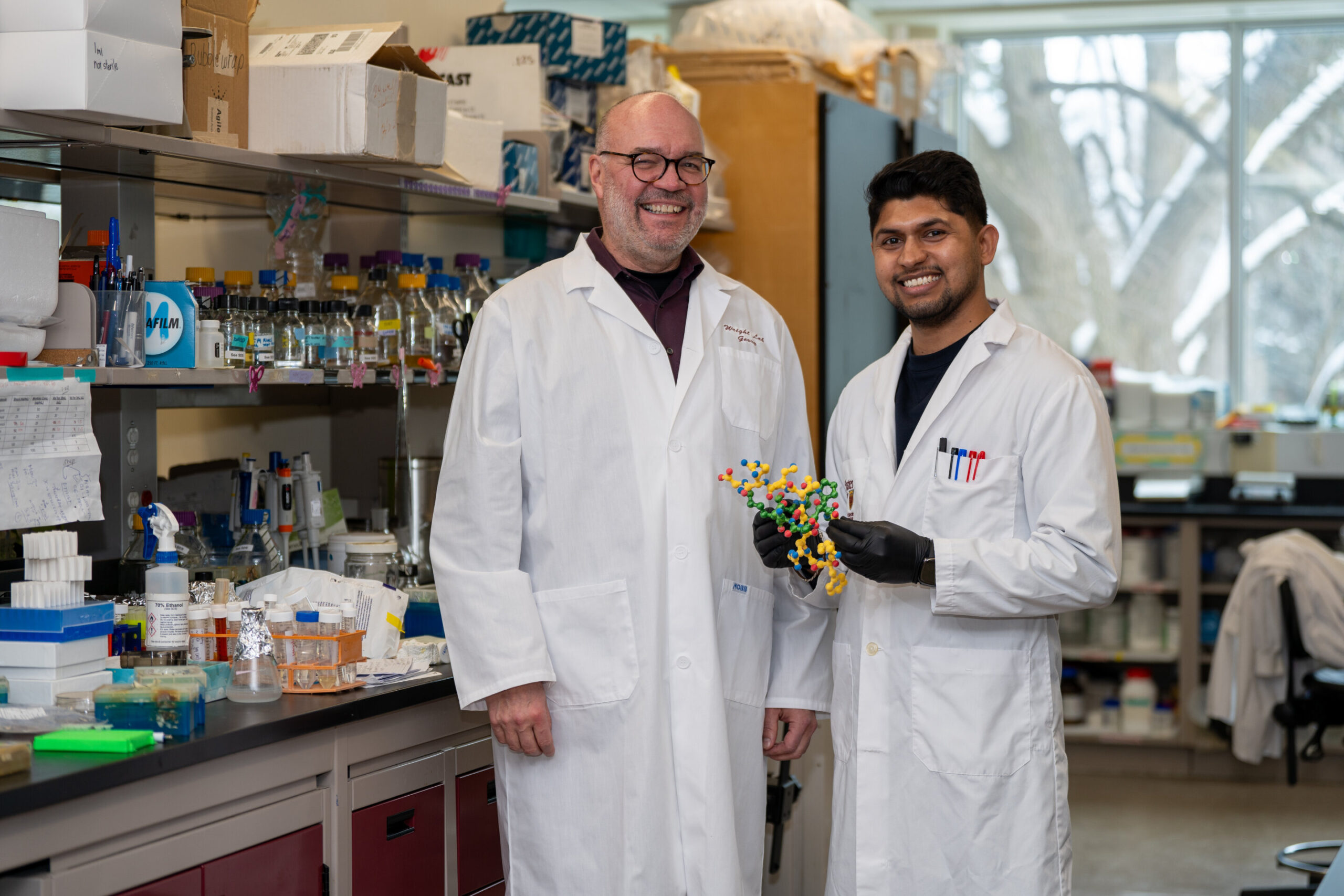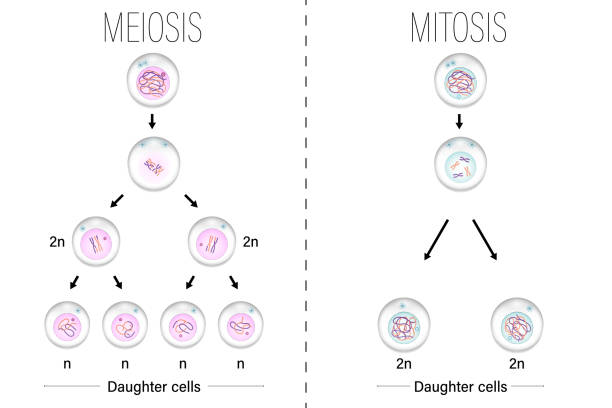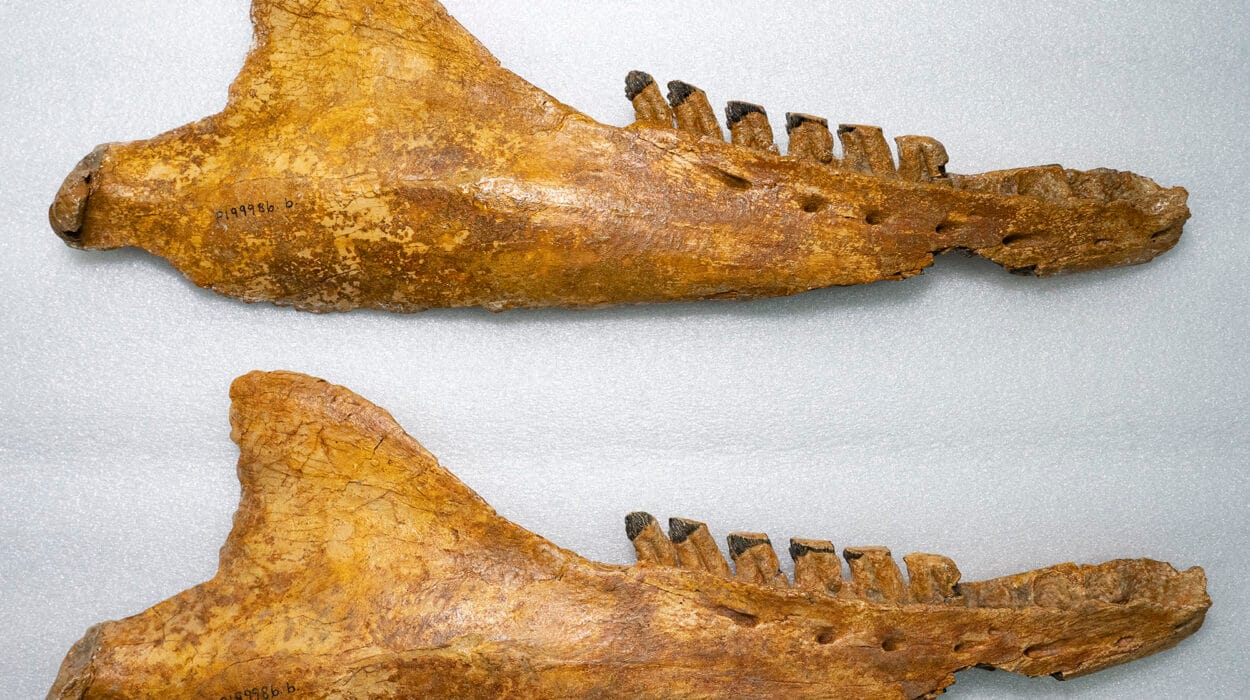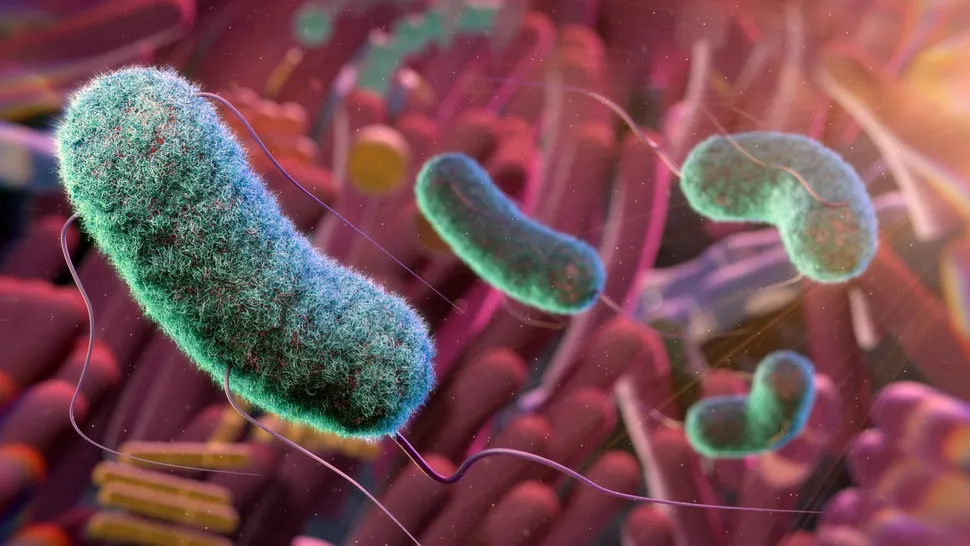In an age where antibiotic resistance is rapidly outpacing our ability to develop new treatments, a groundbreaking discovery by researchers at McMaster University could offer a lifeline. The last time a new class of antibiotics made it to the market was nearly three decades ago, and since then, the rise of antimicrobial resistance (AMR) has posed an increasingly dire threat to public health worldwide. But the tides may be turning with the identification of a novel molecule named lariocidin, a promising candidate in the fight against some of the world’s most drug-resistant bacteria.
The findings, led by Professor Gerry Wright and his research team at McMaster University, were published in Nature on March 26, 2025, marking a significant milestone in the search for effective antibiotics. Lariocidin could be the breakthrough the medical community has long been waiting for—an all-new class of antibiotics capable of targeting bacteria in a way that existing drugs simply can’t match.
The Growing Threat of Antimicrobial Resistance
Before delving into the discovery of lariocidin, it’s crucial to understand why such a development is so urgently needed. Antimicrobial resistance (AMR) is the phenomenon in which bacteria, viruses, and other microorganisms evolve to resist the effects of drugs designed to kill or neutralize them. This has become one of the most pressing global health crises, with the World Health Organization (WHO) warning that AMR could lead to millions of preventable deaths each year.
Each year, approximately 4.5 million people lose their lives due to infections caused by antibiotic-resistant bacteria. As existing antibiotics become less effective, treating even simple infections becomes a monumental challenge. In many cases, patients face longer hospital stays, more intensive care, and higher healthcare costs, making antibiotic resistance not only a medical issue but a socioeconomic one as well.
For years, researchers have been racing against time to discover new antibiotics capable of outsmarting the rapidly evolving bacteria. However, the process has been slow, and the stakes have never been higher.
The Discovery of Lariocidin
Amidst this crisis, the McMaster University team, led by Gerry Wright, made an exciting breakthrough. They identified lariocidin, a new antibiotic molecule capable of combating bacteria in a way unlike any existing drugs. What makes lariocidin especially intriguing is its novel mode of action. Unlike conventional antibiotics, which generally target the cell walls or metabolic processes of bacteria, lariocidin works by attacking a bacterium’s protein synthesis machinery—but in a completely unique manner.
Wright explains the significance: “Our old drugs are becoming less and less effective as bacteria become more and more resistant to them. About 4.5 million people die every year due to antibiotic-resistant infections, and it’s only getting worse.” The discovery of lariocidin, he notes, is a promising step in addressing this looming public health emergency.
How Lariocidin Works: A New Mode of Action
At the heart of lariocidin’s potential is its ability to target bacteria in a way that existing antibiotics cannot. As an antimicrobial agent, lariocidin binds to a bacterium’s protein synthesis machinery in a completely different manner compared to other antibiotics. By inhibiting the machinery that bacteria rely on to build proteins, lariocidin effectively halts their ability to grow and survive.
This new mode of action is crucial in the fight against drug-resistant bacteria. Many pathogens have developed resistance mechanisms to traditional antibiotics, such as creating efflux pumps that expel drugs from their cells or altering their cellular targets so that antibiotics no longer work. But because lariocidin attacks bacteria in a fundamentally different way, it is less susceptible to these common resistance mechanisms.
Manoj Jangra, a postdoctoral fellow in Wright’s lab, describes the moment of discovery as a breakthrough: “When we figured out how this new molecule kills other bacteria, it was a breakthrough moment. It was the moment we knew we had something truly special.”
A Natural Wonder: The Source of Lariocidin
Lariocidin’s story began in an unexpected place—a backyard in Hamilton, Ontario. The research team at McMaster University collected a soil sample from this unassuming location, which would eventually lead to the discovery of the bacteria Paenibacillus. This bacterium produced lariocidin, a potent antimicrobial compound, within the lab.
What’s particularly fascinating is the process by which the researchers cultivated this particular strain of Paenibacillus. Rather than simply isolating fast-growing species, the team took the time to allow slower-growing bacteria to thrive—an approach that ultimately revealed Paenibacillus and its production of lariocidin. This unique strategy highlights the importance of exploring the natural world for innovative solutions, particularly in the field of antibiotics.
Why Lariocidin Holds So Much Promise
Beyond its new mechanism of action, lariocidin presents a number of other advantages that make it a highly attractive candidate for further development:
- Non-toxic to human cells: One of the most critical concerns when developing new antibiotics is the potential for toxicity. Many drugs that successfully target bacteria can also harm human cells, leading to severe side effects. Lariocidin, however, has been shown to be non-toxic to human cells, which makes it a safer alternative to traditional antibiotics.
- Effective against drug-resistant bacteria: Lariocidin has demonstrated strong activity against a range of bacteria, including those that have developed resistance to existing antibiotics. This gives it the potential to tackle some of the most difficult-to-treat infections.
- Works well in animal models: In early tests, lariocidin has shown promise in treating infections in animal models, further bolstering its potential as a viable therapeutic option for human infections.
Wright and his team have expressed confidence in the molecule’s potential, stating that it ticks all the right boxes in terms of safety, effectiveness, and versatility. However, while the discovery of lariocidin is a huge step forward, the road to bringing it to market is still long.
The Road Ahead: From Lab to Clinic
Despite the excitement surrounding lariocidin, researchers know that the real challenge lies ahead: turning this promising molecule into a fully developed drug that can be used in clinical settings. As Wright explains, “The initial discovery—the big a-ha! moment—was astounding for us, but now the real hard work begins.”
The process of developing new antibiotics from initial discovery to clinical application is a lengthy and resource-intensive one. Since lariocidin is produced by bacteria in very small quantities, the research team must now focus on finding ways to produce the molecule in larger amounts. Moreover, modifying the molecule to improve its stability, efficacy, and ease of production is essential before it can enter clinical trials.
Despite these challenges, the team remains optimistic. “We’re now working on ripping this molecule apart and putting it back together again to make it a better drug candidate,” Wright says. The team’s ongoing research will involve tweaking the molecule’s structure, improving its ability to be synthesized on a large scale, and testing it against various bacterial strains to ensure its broad applicability.
A New Hope in the Battle Against Antibiotic Resistance
The discovery of lariocidin represents a new hope in the battle against antibiotic-resistant infections. With the growing threat of AMR, the world desperately needs new antibiotics capable of combating resistant strains, and lariocidin may be just the breakthrough the medical community has been waiting for. However, it will take years of work, testing, and refinement before lariocidin is ready for use in human medicine.
The McMaster University team’s discovery serves as a reminder of the untapped potential in the natural world and the importance of continued investment in scientific research. As we face an increasing number of antibiotic-resistant infections, the need for new, effective drugs has never been more urgent. Lariocidin is an exciting first step, but the journey toward combatting AMR is far from over.
For now, researchers and healthcare professionals around the world will continue to watch closely as this promising new antibiotic undergoes further development—a beacon of hope in an era where the microbial world is growing ever more resistant to our efforts.
Reference: Gerard Wright, A broad-spectrum lasso peptide antibiotic targeting the bacterial ribosome, Nature (2025). DOI: 10.1038/s41586-025-08723-7. www.nature.com/articles/s41586-025-08723-7






